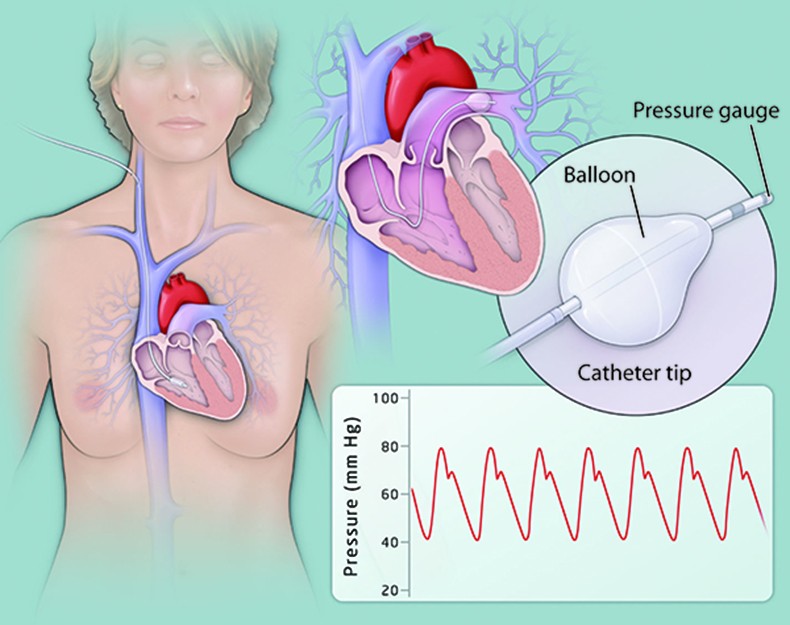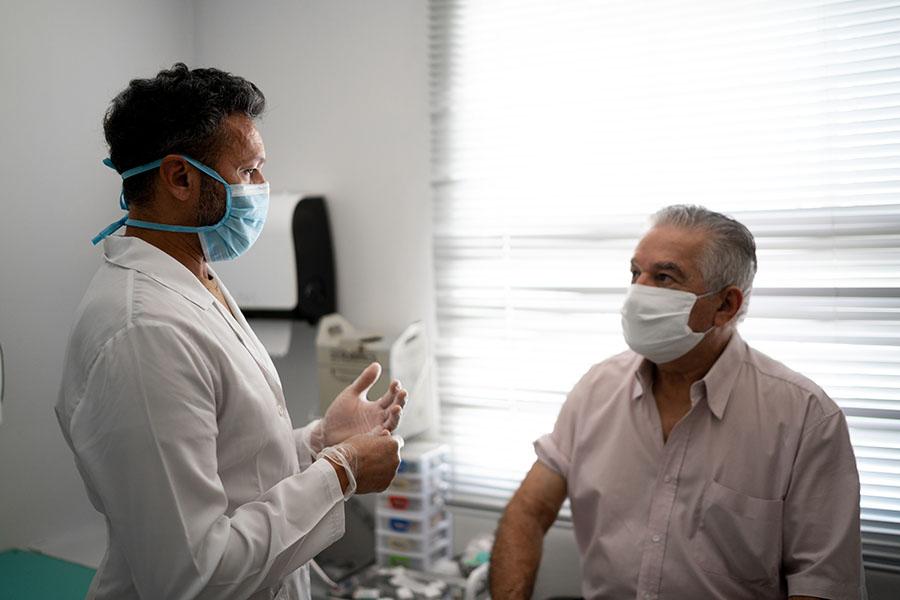CTEPH (chronic thromboembolic pulmonary hypertension) can often be treated successfully using pulmonary thromboendarterectomy, provided the condition is caught in its early stages. This can be challenging, however, since initial CTEPH symptoms are subtle and may not show up for months or even years. As the disease progresses, symptoms become more noticeable. They are mainly due to the diminished oxygen supply, the weakened heart and the increased lung pressure.
Another challenge with CTEPH is that its symptoms are similar to those of other types of pulmonary hypertension. This can sometimes lead to an incorrect or delayed diagnosis.
At Temple Heart & Vascular Institute, our nationally recognized specialists possess the knowledge and experience needed to accurately diagnose and treat patients with CTEPH and other complex or borderline pulmonary diseases.
How Is CTEPH Diagnosed?
Temple doctors will use imaging studies and other specialized tests to make a CTEPH diagnosis. These tests can include:
- Transthoracic echocardiogram (TTE) uses sound waves (ultrasound) to create a moving picture of the heart and lungs. During this test your doctor can screen for pulmonary hypertension by looking for specific changes to the size of your heart and blood flow in the lungs that occur in CTEPH.
- Ventilation-perfusion (V/Q) scan uses radioactive material that is both inhaled and injected into the blood to measure airflow and blood flow through the lungs.
- Computed tomography (CT) pulmonary angiography is used to show blood flow through the lungs and to detect pulmonary embolism. During this test, dye (contrast material) is injected into the blood vessels and a CT (computed tomography) scan is used to take pictures of blood as it flows through the lungs.
- Right heart catheterization uses a catheter (long thin flexible tube) that is inserted through a vein in the leg, arm or neck and guided to the right side of the heart to provide a closer look at the pulmonary artery, which delivers blood from the heart to the lungs. Using this approach your doctor can check blood pressure to see if blood is "backing up" and damaging the heart or lungs.

- Pulmonary angiography is a minimally invasive procedure that uses a catheter (a long, thin flexible tube) inserted into a blood vessel in the leg, arm or neck to take X-ray pictures of the heart and pulmonary artery. Contrast dye is used to make it easier to see and evaluate the artery. A pulmonary angiography is performed if abnormal results are found on a V/Q scan and is used to confirm constricted blood flow through the lungs.
- Cardiopulmonary exercise testing uses either an EKG or right heart catheterization to measure the heart and lungs’ response to exercise. This will help your doctor determine if you have a subtle case of CTEPH.
- Pulmonary function tests refer to a series of breathing tests that measure lung capacity and mechanics to determine if there’s a problem with your lungs.
Seek an Evaluation for These Symptoms
People who are experiencing any of the following symptoms are encouraged to make an appointment with one of our pulmonary hypertension specialists for evaluation:
- Shortness of breath and exercise intolerance
- Lightheadedness
- Fatigue
- Chest pain
- Swelling of ankles or abdomen (due to lung congestion)
- Bluish lips and skin (cyanosis)
- Racing pulse
- Palpitations (a strong feeling of a fast heartbeat)
Request an appointment or call 800-TEMPLE-MED (800-836-7536) today.

